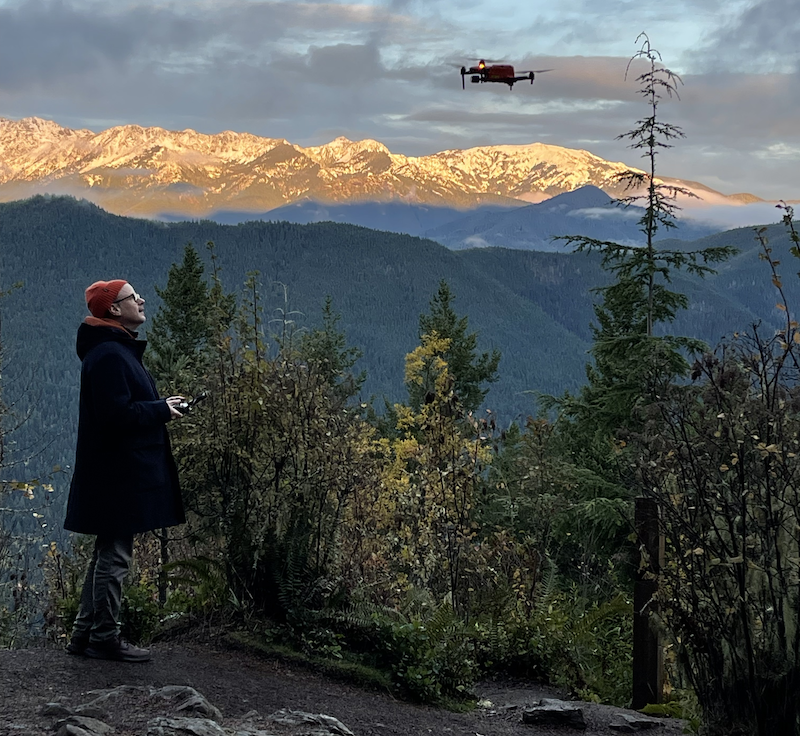An Introduction to this Remote Pilot
Introduction
The single most important component of any drone assignment is the remote pilot, the human running the show. The remote-pilot’s preparation, physical position, and attitude create the backdrop and foundation of the assignment. For instance, did the pilot go through a checklist when preparing the drone for transportation? Or was the gear thrown haphazardly in the back of a vehicle with a shout that the assignment was on? Did they research beforehand the location they’d be flying in? A remote pilot’s attitude can be seen in how they fly their drone. Do they look around for people before takeoff? Do they take into account the noise the drone makes while flying in residential areas?
Motivation
A dedicated remote pilot often has taken the time and effort to become certified by the FAA (in the United States). Each pilot has their own motivation for becoming certified and I think it’s important to share mine. For me, this picture says it all, since I believe it incorporates all the reasons I fly! (Hint: I love to capture the natural landscape of the beautiful area in which I live.)
 Figure 1: Author bring his drone in for landing
Figure 1: Author bring his drone in for landing
 Figure 2: Photo taken with the drone from the first photo
Figure 2: Photo taken with the drone from the first photo
Background
Now let me share a little about my background. I am a senior software engineer and have been coding for a couple of decades. I enjoy writing code and love automation. Over time, I have evolved from mobile development to DevOps and working in the cloud. When not writing code or improving the developer’s experience, I am found hiking in the great outdoors with my blueberry wife. My wife and I have been hiking even longer than I have been writing code.
Conclusion
As you can see from the second photo, drone flying allows me to combine both activities and create photography that would otherwise be out of my reach. The morning I arrived at this location (in the Olympic Mountain range), the mountains were not even visible, and when they did appear I was down to my last battery. I had been attempting to capture this shot for over a year, and as you can imagine, timing and weather are key environmental factors in a successful assignment. That’s why I view each assignment as a chance to learn and improve.
I really enjoy the technical challenges of flying the drone and finding the best shot for the assignment with the current conditions. When I do get that stellar shot, I get to keep a sliver of that moment and then share it through the photo I produce. That’s special to me.
